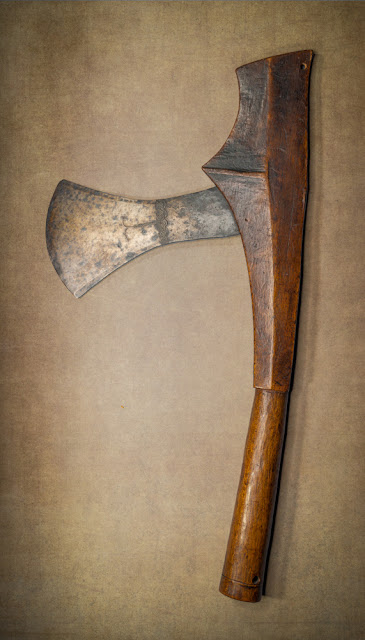Caves, Bats and Butterflies at Mulu, Borneo

Mulu is a dramatic area of forested limestone hills in northwest Borneo, the site of an incredible network of caves, some with huge individual chambers, others smaller in scale, but richer in beautiful cave formations. Bats in their millions inhabit the caves. I had visited once before, in 2004, but wanted to see the area again, with the idea of making some better pictures of the bats and butterflies, specifically the Rajah Brooke's. The flight from Miri inland to Mulu follows the beautifully sinuous Baram River and then its tributary the Tutoh, and then its tributary the Malinau. The border with Brunei is clearly visible, the forest cleared on the Malaysian side (up to the edge of the Labi Forest Reserve in Brunei) until the forested limestone hills of Mulu are reached. A view to the North showing the location of Mulu and its famous caves at lower right, south of dark and forested Brunei. The Baram river at left terminates at its delta near the Sarawak city of Miri. The Malinau



